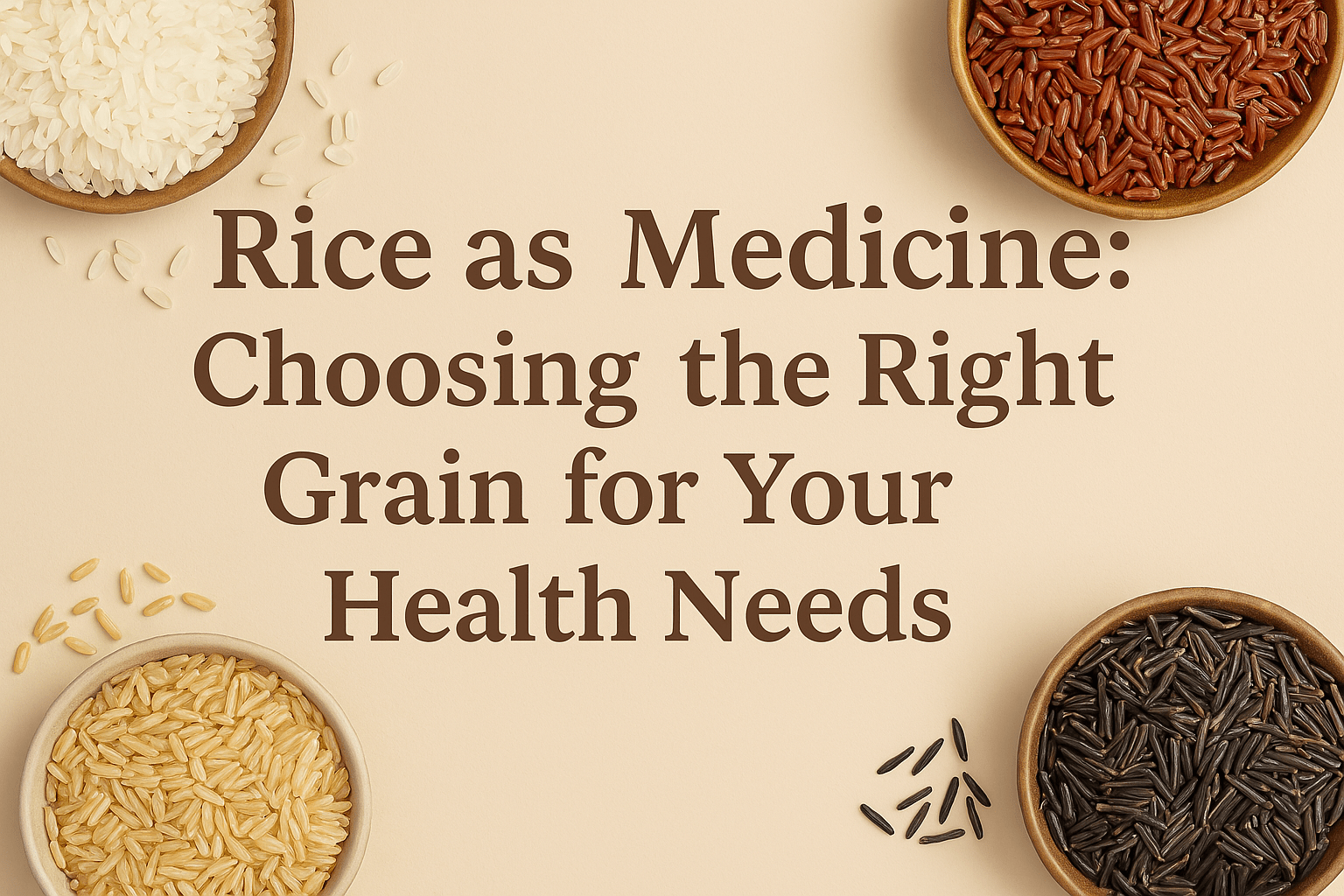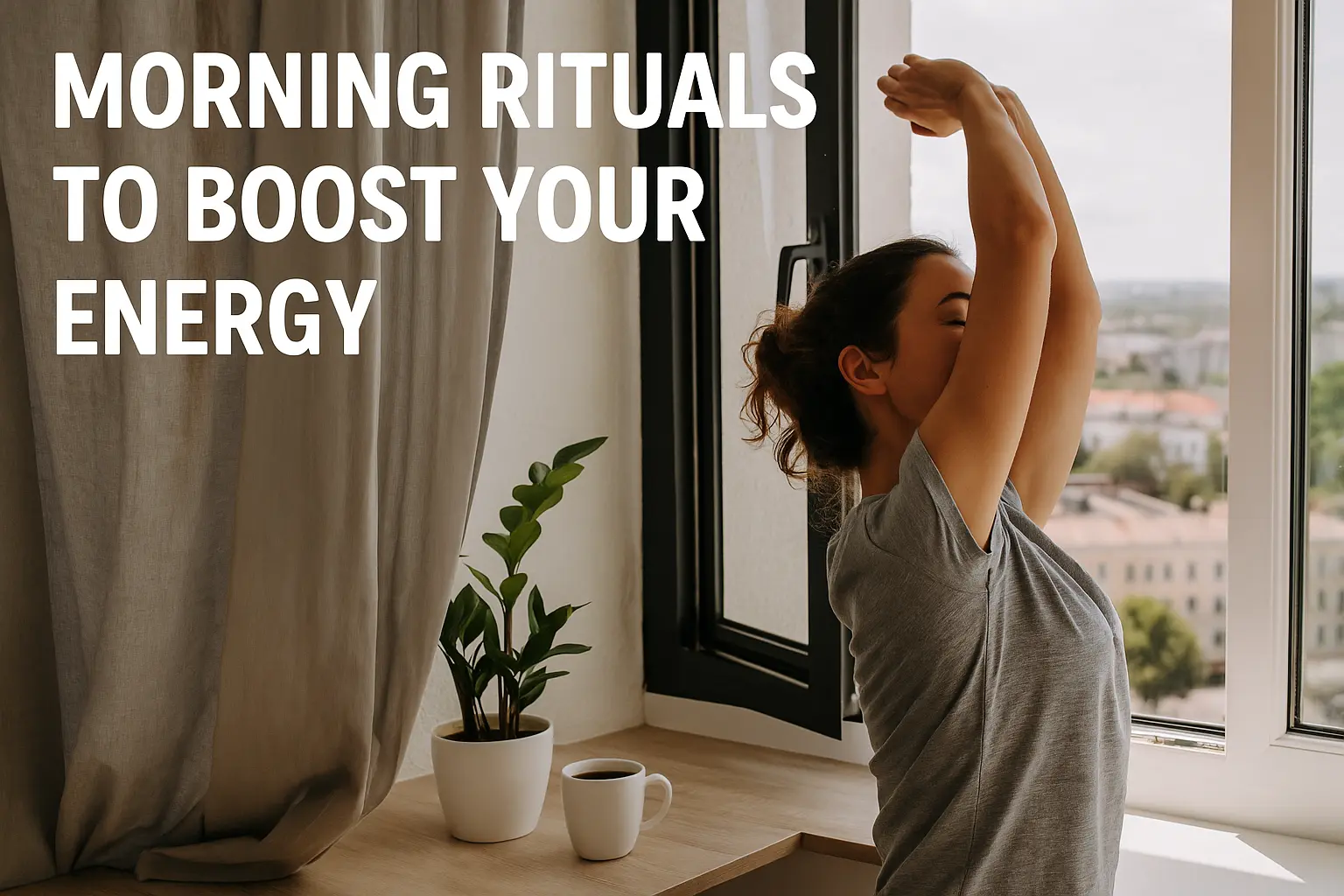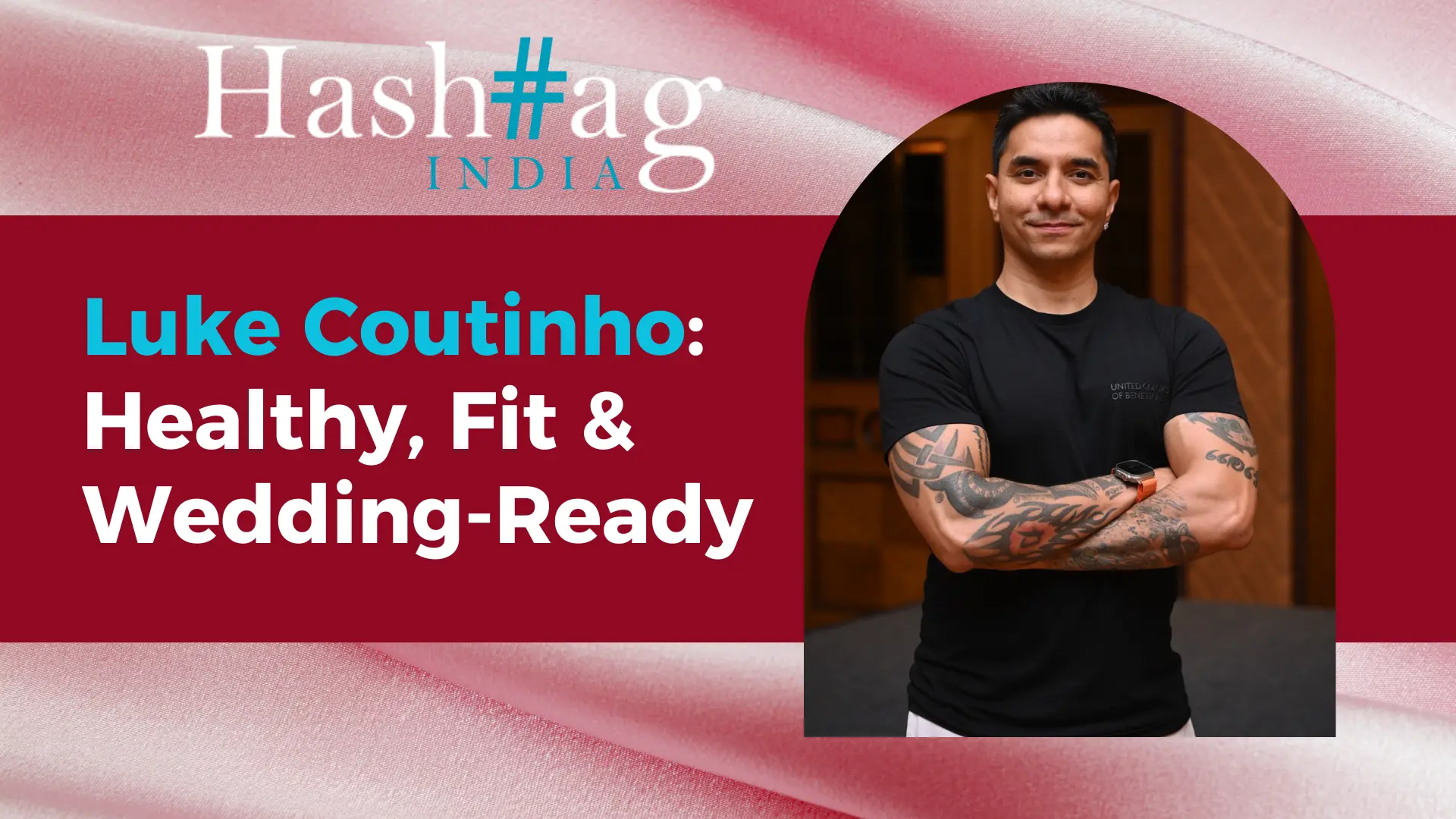Rice isn’t just a staple food—it’s a healing grain that’s been part of Indian diets for centuries. Different varieties offer different nutrients and health benefits, making it possible to tailor your rice intake to combat specific diseases and nutritional deficiencies.
Hashtag magazine tells you how different Indian rice types support various health conditions:
1. For Diabetes
Best Rice: Black Rice, Brown Rice, Red Rice, Sona Masoori (semi-polished)
Why?
- Low Glycemic Index (GI): These varieties cause slower blood sugar spikes.
- High in fiber: Helps with blood sugar management.
- Anthocyanins in Black Rice also support insulin sensitivity.
Tip: Avoid highly polished white rice. Pair with pulses or vegetables for a balanced meal.
2. For Heart Health
Best Rice: Red Rice, Brown Rice, Matta (Kerala Red Rice)
Why?
- Rich in antioxidants, magnesium, and fiber
- Lowers LDL (bad cholesterol)
- Improves blood pressure and blood flow
Tip: Use these for regular meals instead of white rice to protect your heart long-term.
3. For Iron Deficiency / Anemia
Best Rice: Black Rice, Red Rice, Bamboo Rice
Why?
- High in iron and folate
- Bamboo rice and red rice are often recommended in traditional diets for increasing hemoglobin levels
Tip: Cook with jaggery or dark leafy greens for added iron absorption.
4. For Bone Strength & Joint Health
Best Rice: Matta Rice, Bamboo Rice
Why?
- Rich in calcium, phosphorus, and magnesium
- Bamboo rice has natural healing compounds used in tribal medicine for joint pain and arthritis
Tip: Serve as a porridge (kanji) with ghee for enhanced benefits.
5. For Weight Management / Obesity
Best Rice: Brown Rice, Sona Masoori, Red Rice
Why?
- High in fiber = promotes fullness
- Lower starch = reduced calorie intake
- Improves gut health and metabolism
Tip: Try portion control with hand-pounded rice + salads and protein for effective weight loss.
6. For Digestive Health
Best Rice: Gobindobhog, Indrayani, Kalajeera Rice (Baby Basmati)
Why?
- Soft and easy to digest
- Ideal for post-illness recovery or people with sensitive stomachs
- Promotes gut flora balance
Tip: Use these for curd rice or lightly spiced khichdi.
7. For Antioxidant Boost / Anti-Ageing
Best Rice: Black Rice, Red Rice, Wild Rice (where available)
Why?
- Rich in anthocyanins and polyphenols
- Fights free radicals and oxidative stress
- Supports skin and organ health
Tip: Great for beauty diets and detox routines.
8. For Pregnancy & Lactation Support
Best Rice: Parboiled Rice, Gobindobhog, Kalajeera Rice
Why?
- Easy to digest
- Offers natural folate, energy, and B-vitamins
- Strengthens immunity during and post-pregnancy
Tip: Make porridge with these during third trimester and postnatal period.
9. For Mental Well-Being & Sleep
Best Rice: Kalajeera Rice, Indrayani Rice
Why?
- Traditionally used to calm the mind
- Naturally promotes serotonin and melatonin levels
Tip: Light evening meals using these rice types can aid better sleep and relaxation.
10. For Protein Deficiency (Supportive)
Best Rice: Bamboo Rice, Brown Rice (paired with dals/legumes)
Why?
- Bamboo rice has higher protein content than most rice
- Brown rice contains more amino acids when combined with lentils
Tip: Always combine rice with dals or fermented foods for better protein bioavailability.
Bonus: How to Choose the Right Rice
| Health Goal | Rice Type |
|---|---|
| Weight Loss | Brown / Red Rice |
| Energy Recovery | Basmati / Gobindobhog |
| Diabetic Diet | Black / Sona Masoori |
| Bone Health | Matta / Bamboo Rice |
| Beauty + Antioxidants | Black / Red Rice |
| Daily Easy Digestion | Kalajeera / Indrayani |
Final Thoughts:
Rice, when chosen mindfully, can support your healing, prevention, and nutrition goals. Instead of seeing rice as a “carb to avoid,” it’s time to rediscover it as a therapeutic grain deeply rooted in Indian food wisdom.





























